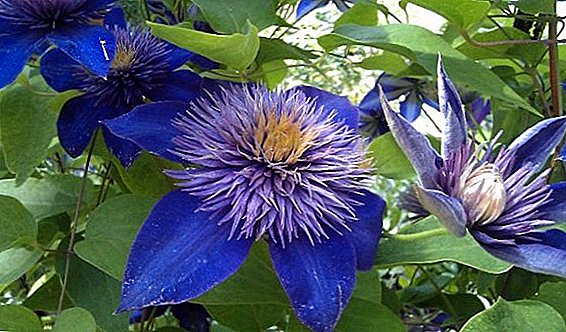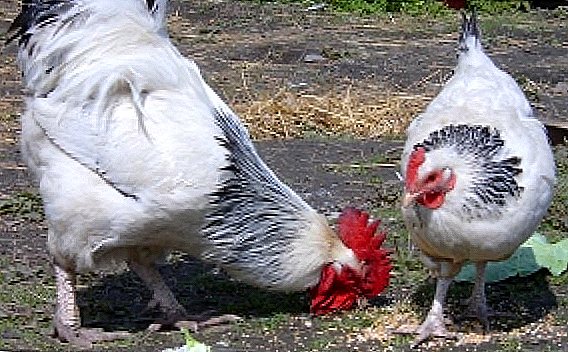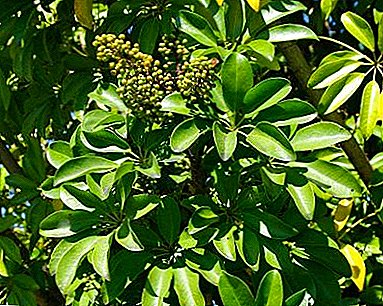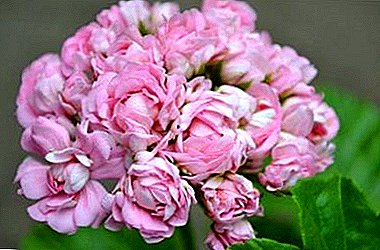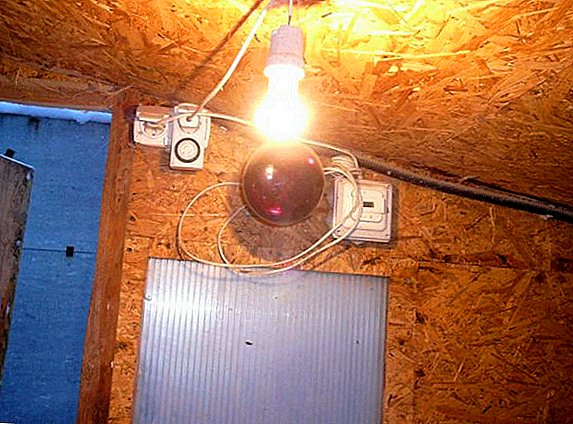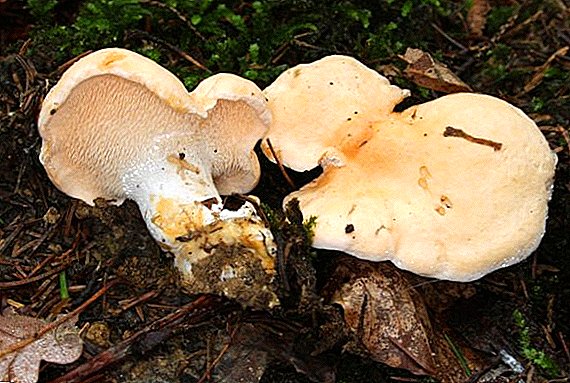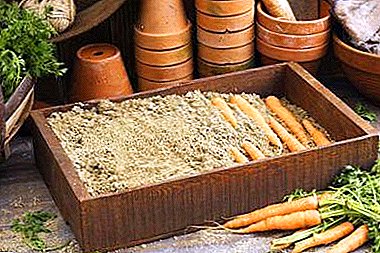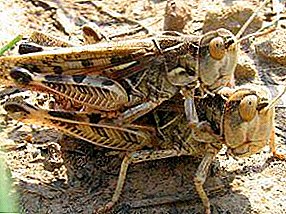
Legends of catastrophic locust invasions have come to us since the days of ancient Egypt. It was then that she was rightfully awarded the title of one of the “Seven Executions of Egypt”.
Moving in huge flocks, this “green attack” can completely destroy all green vegetation on the ground. Locust does not hesitate to do anything, be it tobacco or corn leaves, human clothing, or grass seedlings. It flies in waves.
Having gorged on, one party of insects soars upwards, and another one is already in a hurry to replace it, and this continues until there are not a single blade of green grass on the surface of the fields, meadows, even the bark of nearby trees.
Locust - an insect from the locust family. There are several types of locusts: desert, african, migratory (inhabiting mainly in the south of Russia), Australian, Moroccan.
Stages of locust development
Embryo development in the world of animals and insects can be of 2 types:
- directwhen a child differs from its parents only in its smaller size and underdevelopment of organs (mammals);
- indirectwhen a newborn child (larva) differs externally from its parents.
In insects, the second type of development is also divided into 2 types:

- complete metamorphosis (transformation), when females lay eggs, the larva hatches, grows up to a certain period, then there is a transformation into a pupa. This “puppet” period is called the resting stage. Inside the pupa, absolutely all vital organs are rebuilt and an adult insect species is formed. Such a metamorphosis is characteristic of butterflies, flies, wasps, bees;
- incomplete metamorphosis: the absence of a “doll stage”, the larva immediately takes on the appearance of an adult insect in the process of several molts. This metamorphosis is characteristic of bugs, cockroaches, grasshoppers and locusts.
Therefore, the statement that the locust has a pupa is incorrect and is simply a delusion.
Locust reproduction
How does locust breed? The process is as follows: the male secretes and distributes a special hormonal substance around himwhich attracts the female. Then he jumps on his partner, as if straddling her from above and tightly attached to her with the genitals.
Then he postponing spermatophore (bag with sperm) into the base of the ovipositor (female organ, with strong teeth, which serves as a kind of gimlet that allows you to dig up the earth and bury the egg) of the female. Mating usually takes quite a long time: from 2 to 14 hours.
Fertilized the female finds wet ground, with the help of egg-making holes in it and starts laying eggs. Locusts emit a special foamy adhesive substance, solid eggs develop, this period is usually about 12 days, there are usually 50-70 eggs in a pod.
A born larva has to work hard to get out of the ground to the light. To become an adult insect, the larva has to endure 5 molts.
Caring for the offspring: the locust cannot be called a caring mother, because unlike other insects (bees, wasps), which tend to put food in each cell (mink) where they lay an egg, they leave the larvae to eat your future offspring to the mercy of fate.
All breeding stages in the pictures:
Mating process

Egg laying

Larvae


Last molt

Forms of development
The uniqueness of this insect is that it has 2 forms of development:
- single (filly) - a form of development with enough food;
- gregarious. When the food supply is depleted, mares gather in flocks and fly in search of food. At the same time, their appearance changes, the size of the body and wings is enlarged, this occurs through the friction of individuals against each other by limbs, on which a special organ is located.
 Foals turn into locusts, a real disaster for people, the huge hordes of which in a few days can gobble up the whole crop in the fields, gardens and vegetable gardens. Along the way, the females lay eggs, from which the next year the grasshoppers no longer mare, but the grasshoppers.
Foals turn into locusts, a real disaster for people, the huge hordes of which in a few days can gobble up the whole crop in the fields, gardens and vegetable gardens. Along the way, the females lay eggs, from which the next year the grasshoppers no longer mare, but the grasshoppers.
Locust - a real disaster for the world, a dangerous pest. In many countries, there are so-called "locust control organizations", one of the largest in London, who are looking for methods to combat the "green plague". But in some southern states, locusts are considered a delicacy food and even bred it in special incubators.
So, we described the type and process of reproduction, and also answered the question: does the pupa have a locust?


